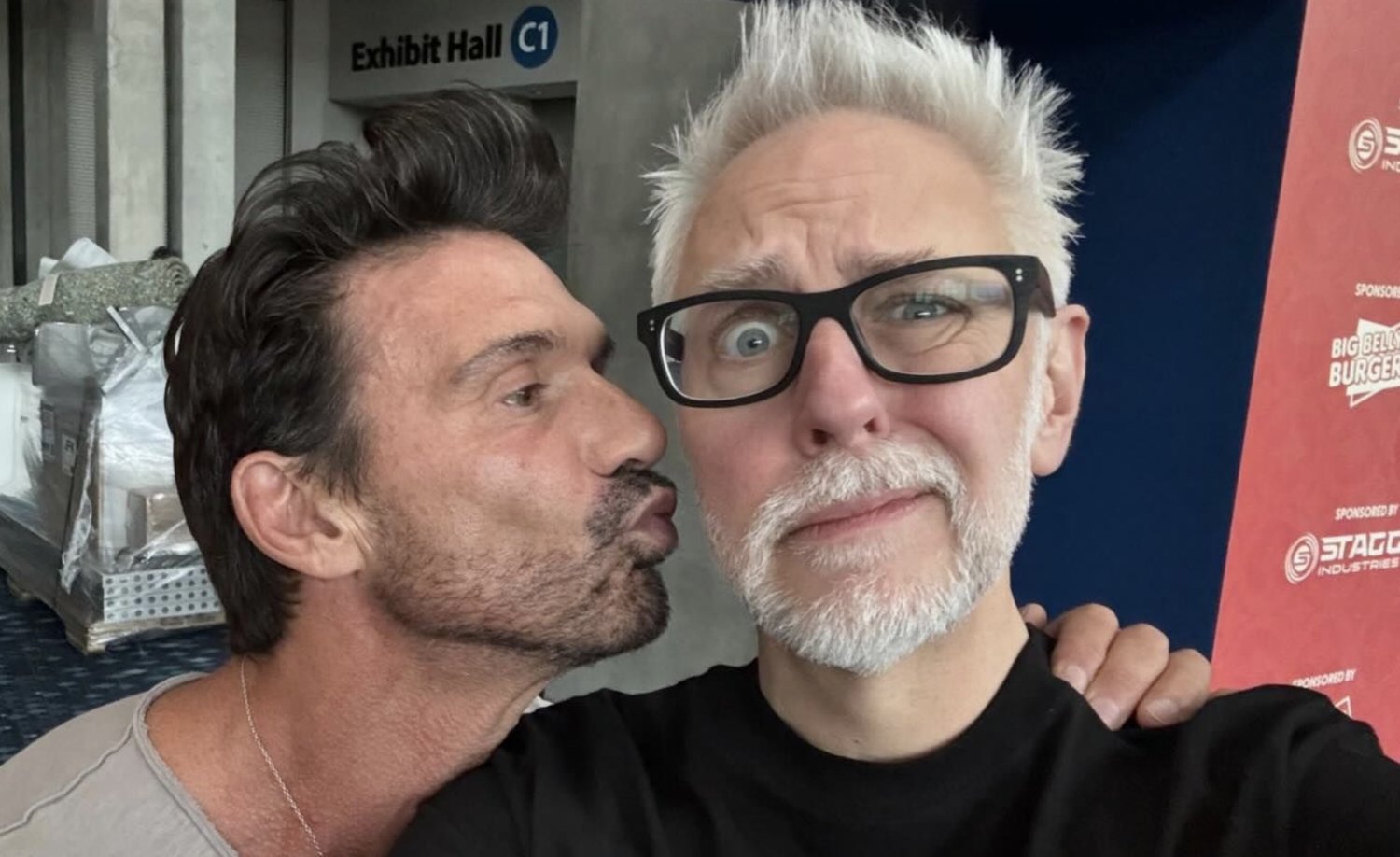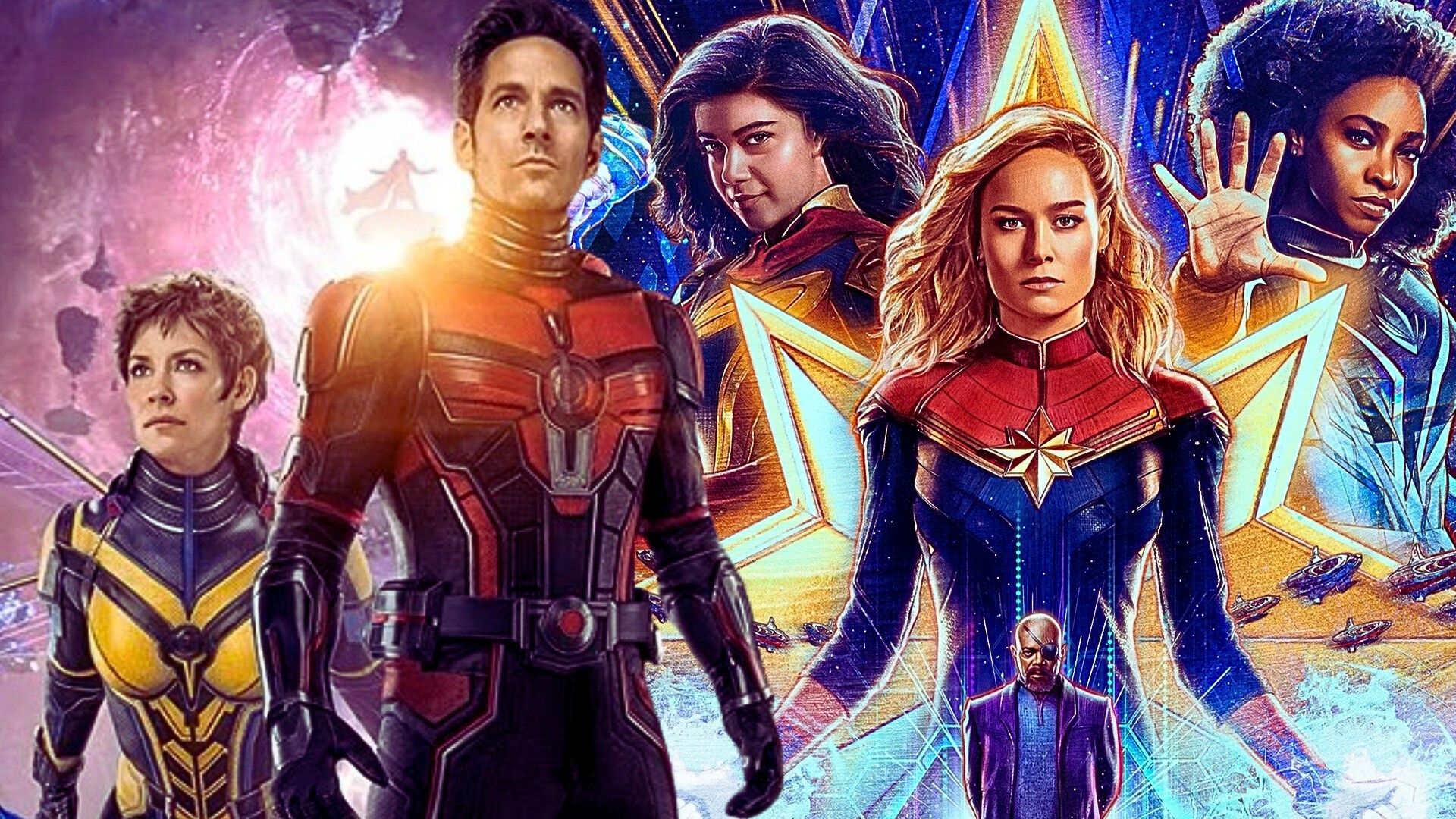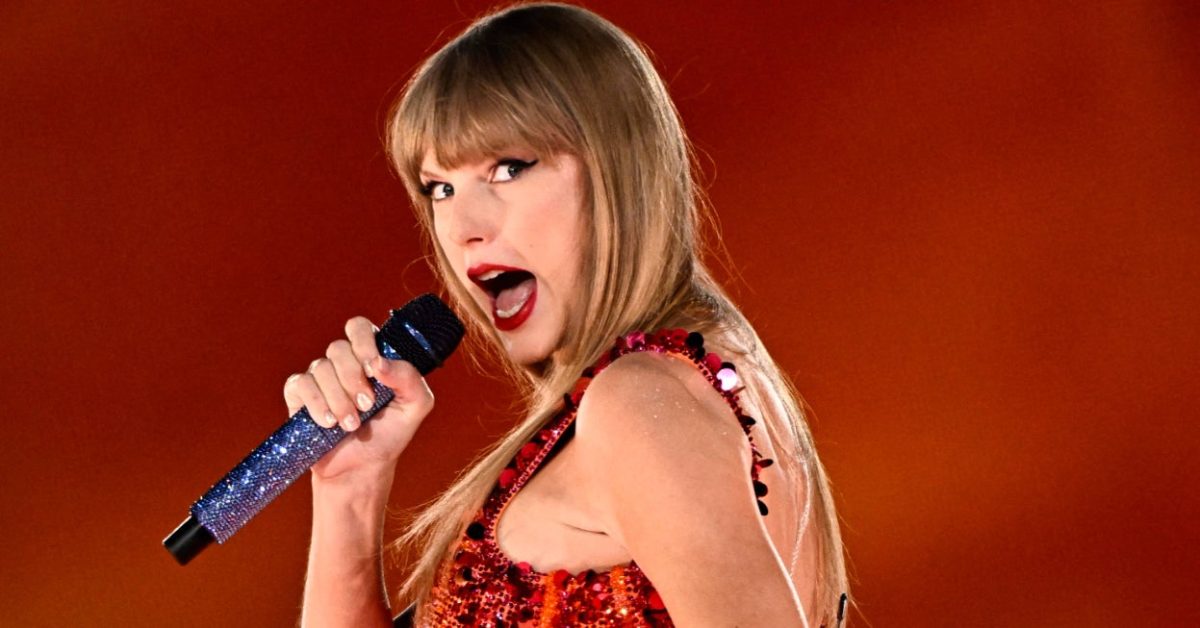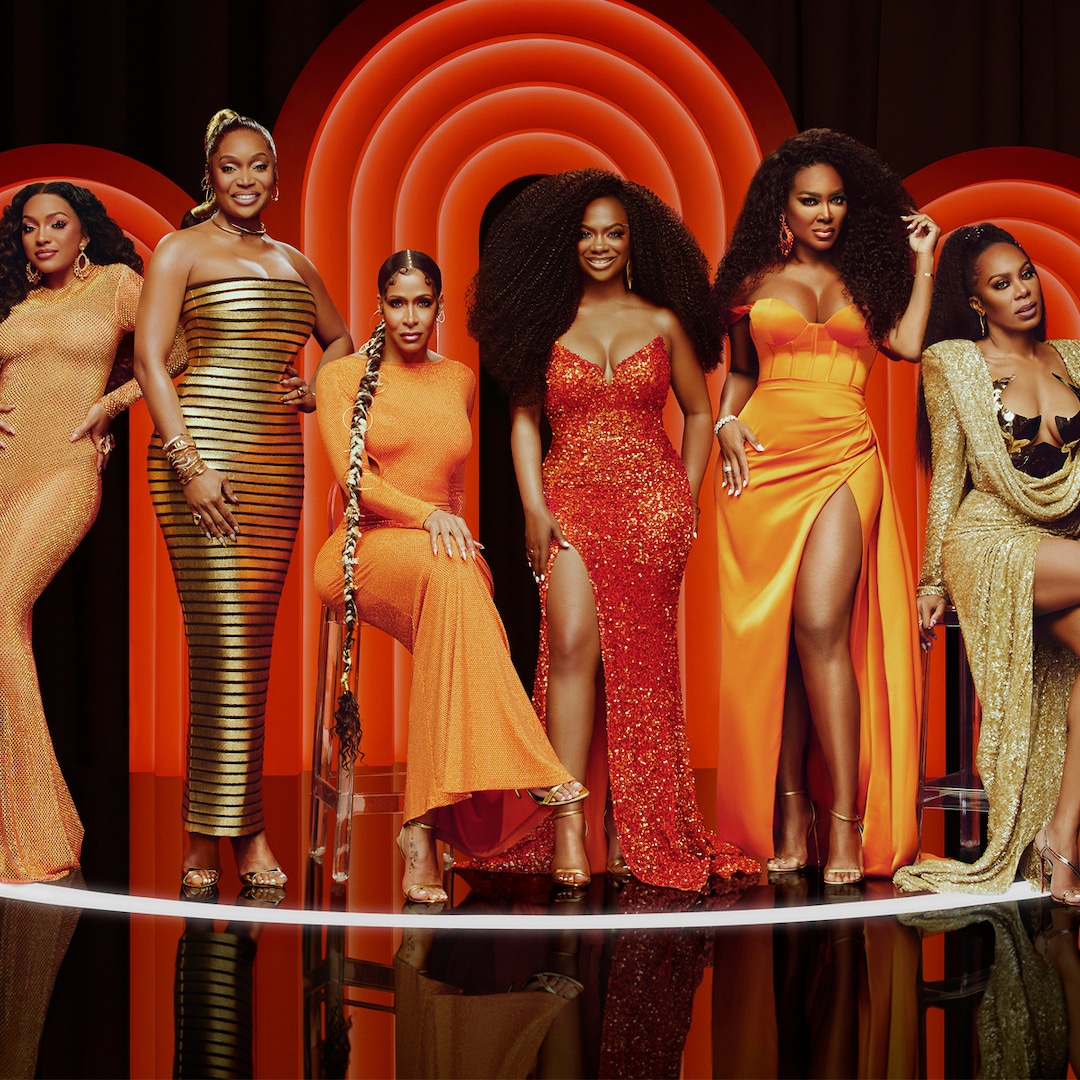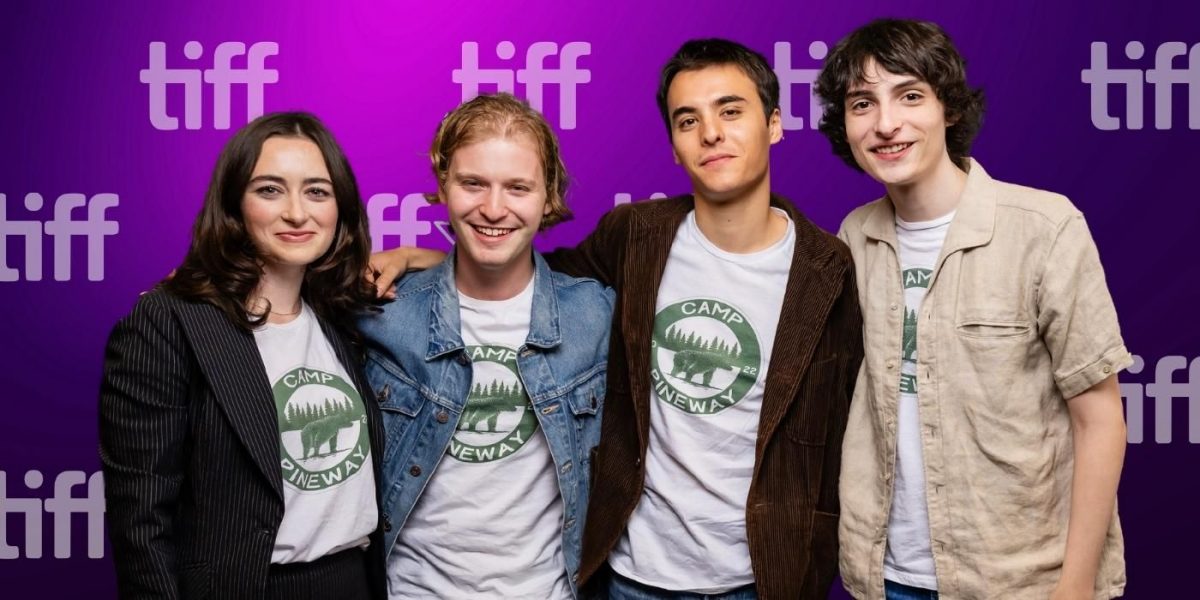
Finn Wolfhard Talks ‘Hell of a Summer’s Gore & His Directorial Debut at TIFF
Sep 21, 2023
The Big Picture
“Hell of a Summer” is a genre mash-up that pays homage to ’80s sleepaway camp horror films, featuring all the nostalgic trappings of the era. The directors, Finn Wolfhard and Billy Bryk, focused on finding the right balance between horror and humor for their directorial debut, keeping the film fun and entertaining. The film incorporates influences from classic comedies like “Shaun of the Dead” and early Wes Anderson films, with the cast watching certain movies to get into the desired tone of the film.
Taking the Toronto International Film Festival back to the heyday of horror in the ‘80s with Hell of a Summer, directing duo Finn Wolfhard and Billy Bryk stopped by Collider’s studio at the Cinema Center by MARBL to talk with Editor-in-chief Steve Weintraub about their directorial debut. Joined by stars Fred Hechinger (The White Lotus) and Abby Quinn (Radium Girls), the quartet discusses the behind-the-scenes of their genre mash-up from influences to favorite scenes.
Hell of a Summer has all the trappings of the iconic sleepaway camp horrors of a bygone era, a period both directors are familiar with. Stranger Things’ Wolfhard and his Ghostbusters: Afterlife co-star Bryk play two young counselors looking to score the weekend before Camp Pineway welcomes their happy campers. Chock-full of nostalgia and the typical genre archetypes, Camp Pineway becomes the playground of a sadistic killer, and the number one suspect is Jason (Hechinger), the elder counselor who maybe should have moved on years ago.
During their interview, Bryk and Wolfhard reveal the level of guts and gore audiences can expect on a level of Scream to Green Room, the influential films they rewatched with the cast, finding the perfect balance of horror and humor, and the challenges of first-time filmmakers. Quinn and Hechinger let us in on what it’s like under the direction of this “two-headed beast,” living in close, Victorian quarters throughout filming, and which scene was their favorite. For more, check out the full interview in the video above or you can read the full transcript below.
COLLIDER: No one watching this will have seen the movie yet, so I hate asking you to do this, but how have you been describing the film to friends and family?
BRYK: I did a good one last time, but I don’t know if I can. Hell of a Summer, it’s a summer camp comedy-slasher. It’s an ensemble coming-of-age movie about a counselor who’s a little bit older than everybody else named Jason, and he’s back, and he kind of can’t let his camp glory days go. Then a masked killer starts picking off the teenage counselors one by one, and everybody sort of freaks out…
WOLFHARD: And tries to survive the night.
BRYK: Tries to survive.
Image via TIFF
This is your guys’ first film; talk a little bit about the genesis of this because the other thing is a lot of people really debate sometimes, “What is going to be my first feature?” So, how much did you debate, “Is this gonna be the thing we do first?”
BRYK: I debated it forever, and I think had Finn and I not have made this film together it would have just been such a– The fact that we got to make it together, it made it less of a debate for me. It just became the question of as soon as somebody was willing to, there was that voice in the back of my head going, “Are you ready? Should you do this?” And I thought, “What are you doing? Do it! Even if you’re not ready, go do it. You get to make a movie, and you’re young, and you get to make a movie about people that are your age, and you get to work with all these incredible people.” So I would say that working with Finn and knowing that we’re co-directing, it feels like from the beginning, it wasn’t just like one of our films, it’s our film. It’s a film kind of about our friendship, and then as we opened up the film to all these other people, it just became so much more than just something that belonged to us. So it made it a lot easier.
WOLFHARD: Yeah, and also, specifically to what what Billy was saying about the movie being about younger people, we’re writing about friends and people that we knew and so it felt natural for us to be writing about people our own age.
For the two of you, what was it about the project besides them offering you $5 each to be in the movie?
FRED HECHINGER: That five dollars is very enticing. I mean, the simplest, first thing is it’s just one of the best scripts I’ve read, and so you read something like that has genre, but in service of characters where it’s like the people are what’s creating and pushing the genre. That’s very exciting. Then we met and I think it’s pretty quick to know when something is going to be deeply special, and that the group of people are going to be a unique ensemble of great artists, and that’s what this was to me. So it was very easy to decide because it was pretty instantaneously the thing that I think we all really wanted to do.
ABBY QUINN: When I first read it, I felt like it struck a good balance of the horror and the genre, and then also—I don’t know if you guys would describe it as a rom-com?
WOLFHARD: Totally.
QUINN: Some of the scenes felt really quiet and sweet and reminded me of some of my favorite rom-coms, so I liked that it blended a lot of different genres and feelings and personalities. And then I loved meeting with them. I feel like I knew instantly even before reading the script.
Image via Photagonist at the at Collider TIFF Media Studio
So this genre can have some blood and guts. I don’t know how much blood and guts are in the movie, so what do you want to tease?
WOLFHARD: I will say it’s closer to like a Scream type of violence rather than like a Green Room type of violence. It was a huge conversation we both had of like, “Okay, when can gore be fun and great for the audience and when can it be upsetting, and also great for the audience in a different way, like, make you feel very uncomfortable and disturbed?”
BRYK: Because the film kind of, as Abby was saying, is like a young rom-com at its core, we never wanted to go too far…
WOLFHARD: Too dark.
BRYK: …that you couldn’t come back to see the light in it. We had an incredible team of people, and we have some incredibly awesome practical gore, but also, we always wanted to keep it fun for everyone.
So, for example, like a Shaun of the Dead?
WOLFHARD: There’s that part where [someone] gets torn in half, and we don’t go that far, but there’s some gnarly blood tubes and stuff like that in the film.
I’m very much looking forward. So I’m curious, did you guys as a group or individually watch any films, or ask the cast to watch any films, to sort of get ready before you stepped on set to inhabit the tone that you were looking for?
WOLFHARD: Yeah, we sent, I’m pretty sure, in the group chat a few films for people to watch.
BRYK: I don’t think anybody watched those.
WOLFHARD: I think it was more of a, like, a rewatch because I think a lot of people had seen a lot of the films.
BRYK: I think what we kind of tried to do was just share the kind of films that Finn and I referenced so much in the writing of it and in the preparation for directing it, specifically with comedy, just kind of what we were looking for. We always wanted everything to feel very real and character-based. I mean, we had such an incredible group of actors, so that wasn’t really gonna be a concern for us, but a lot of the ones we referenced were Shaun of the Dead is one, Superbad is one, we talked a lot about Bottle Rocket and Rushmore and sort of the comedy of early Wes Anderson films. We talked a lot about movies but I don’t know if there’s anything specific.
Image via Sony Pictures Releasing
QUINN: I watched Freaks and Geeks. [To Wolfhard] You sent me a picture of Linda Cardellini because of her jacket, but then I thought, “This would be a good thing to rewatch.” And the movie with Kristen Stewart and Jesse Eisenberg.
WOLFHARD: Oh, Adventureland! That was a big one as well.
HECHINGER: Finn just kept sending me Charlie Bit My Finger over and over again, so I watched that a lot of times.
WOLFHARD: [Laughs] Fred watched reruns of Entourage on Starz.
HECHINGER: No, Rushmore, and when we finished shooting they were showing Bottle Rocket again, I think it was some restoration, and then we went and saw it at the end, and that was amazing. We watched a lot of movies throughout.
WOLFHARD: Weird documentaries. You and D’Pharaoh [Woon-A-Tai] would watch weird documentaries at, like, three in the morning. The whole cast lived together, also, in this old, weird Victorian…It was like a hotel/mansion weird house.
HECHINGER: There was kind of a communal room with a piano downstairs and a TV and a couch, and everyone lived in that same manor, or whatever, in a tiny town.
BRYK: Everyone except for us. We did not live in the nice Victorian manor.
WOLFHARD: We lived in a little lodge—I’m not joking. We’d get home at, like, four in the morning, we’d be in bed, and you just see the little ceiling keep going like that [gestures], and you’d hear rats.
BRYK: You’d hear some critters, and then Finn would just text me from his room, with this thin wall between us, and I was like, “Yep. Same. Same thing. The rats? Yeah.”
WOLFHARD: But these guys are having a blast. They’re playing piano…
BRYK: Didn’t a family move in? It was, like, 12 actors in there and then one family came in to go on vacation. That would be the worst thing ever.
HECHINGER: And they were like, “Why?” Every time they’re trying to go home, everyone’s just sitting around running lines, playing music. We watched Windy City Heat together, but I think more just for the joys of watching it.
They had a very tough shooting schedule.
WOLFHARD: Actors have a hard life.
Image via TIFF
I want to actually ask you guys a little bit about the filmmaking. I like talking about the editing room because you really don’t know what you have until you step in there, and that’s where it all comes together. So, how did the film change in the editing room in ways you didn’t expect?
WOLFHARD: We had a very lengthy editing experience just doing a bunch of different alternate cuts.
BRYK: I think the main thing was finding the tone of the comedy, but then also just the balance of the horror and when it’s too much. We did some test screenings with friends and family, and thankfully, there was a few people who put up their hand at the end who were like, “That was pretty gnarly when this happened. I kind of was bummed for like 10 minutes afterwards, and then I didn’t laugh so much at the parts afterwards.” We were like, “Okay, great. Good to know.” And then we kind of were like, “Don’t go too far.”
WOLFHARD: It kind of gave me like– I don’t know, both of us were talking about this at first, we kind of felt like we had a little chip on our shoulder because there were scenes that were too bloody and gnarly that we had to tone back because, again, you’re trying to strike the balance. It’s like once you go too dark, it can be hard to make the audience– You gotta make the audience laugh again and not be too disturbed. So that was a lot of it, just a lot of test screenings.
BRYK: And a lot of like, “How dumb is each character really?” Because we had the actors– This is not a dumb thing, [but] Fred, we could have cut your performance so differently because there’s such a range of takes every time, and they were all so interesting, but it’s just finding the throughline there and when is it too far and when does it become unhinged?
WOLFHARD: We could have done it all where he’s like Jack Nicholson from The Shining. [Laughs] We could have done a full different cut where he’s not the sort of main character hero.
BRYK: It’s like Anchorman 1.5…
WOLFHARD: Yeah, Wake Up Ron Burgundy.
Image via Photagonist at the at Collider TIFF Media Studio
You work on a show and you have been around some very gifted filmmakers, and Shawn Levy told me yesterday that you were like a sponge trying to see what the Duffers were doing or what Shawn is doing, so what did you guys learn from your previous experiences that you absolutely wanted to take with you as directors on set?
WOLFHARD: Well, I feel like a lot of it is just like doing it. You learn it on the go. You’re learning it as you’re making it. For me, I just learned a lot about how to talk to crew and making cast feel comfortable, or stuff like that. Obviously, I was still really learning when we did it. Truly, we were learning as we went.
BRYK: We’ve worked together a few times with people who are very different directors, but both so incredibly gracious with both of us. We worked with Jesse Eisenberg, and he was one of the first people who read the script, and he was so, so, so supportive of it, and just the way that he worked with actors was so incredible, and also, yeah, communicated with crew. Then Jason Reitman also has been such a huge supporter of us as filmmakers, and I feel like I learned so much in the small amount of time that I got to spend watching him work. I love acting, and I wanted to act when I was a kid, but I sort of started acting to get on set and learn the craft of filmmaking, and I feel like any time I was on set, [I was] just becoming more comfortable and just seeing what it’s sort of like.
WOLFHARD: Just watching it.
BRYK: An actor’s job, you’re very sheltered and that’s the point. Then to sort of be on the other side of that and be like, “Okay, let’s protect the actors from the fact that it’s gonna rain in 30 minutes and we can’t get this scene and we’re freaking out, but don’t let them know because it’s their job to not be worried about that.”
WOLFHARD: I’m surprised I didn’t freak the actors out more of how many times I was freaked. I was just like, “Ah, screwed! We’re so screwed!” Meanwhile, every actor standing outside can hear me. [Laughs] But no, totally, it’s all just learning by watching. There’s specific choices that we make as directors that can come from things that we’ve just seen in the past, from other directors, I guess.
HECHINGER: I also felt that in them being open about all of the things that they knew so deeply—the taste that they had, what they knew needed to be the case, but also the things that they were learning on the go—by being open about that, I thought it created, at least for me, such an immense trust there because you know that everyone that you’re making this with is not hiding anything from you, in that regard. It’s what allows for us, all the different actors, to give performances that, in a thing that is so many different tones put together, hit each of those. So I think, in a way, too, you never puffed your chest so hard either, so it just made it really, really wonderful to be directed by because you knew all the things that they knew very well and you also knew the things that you were learning in real-time, which made it even more exciting.
Image via Photagonist at the at Collider TIFF Media Studio
Did you find that one of you is more interested in where the camera is and one is more interested in crafting performance, or was it one of these things where you’re a two-headed beast doing the same thing?
WOLFHARD: I would say it was just constantly switching between. It really depended on the scene. A lot of it had to do with who was—because we’re both in the film as well—so it’s like trusting the other director on if you had to focus more on your performance and stuff like that.
BRYK: I think the two-headed beast sounds pretty cool. We’re gonna get that tattooed.
Image via Photagonist at the at Collider TIFF Media Studio
HECHINGER: That was the nickname for them, honestly.
BRYK: It’s like the Daniels or the Coens; it’s the two-headed beast. But I think that just because we just have such similar taste and we both knew what we wanted the movie to be, and there was a shocking few amount of times you really disagreed about something.
WOLFHARD: Literally two. I can think of only two off the top of my head, and that’s it.
QUINN: What was it?
BRYK: It was like an ax versus a hatchet, and then something else, and then a couple of editing things. But it was so great, and I trusted Finn so much that we both kind of knew whatever the other person needed to be doing, we could sort of support them, and vice versa.
I noticed in the credits you thanked Ryan Gosling.
WOLFHARD: Yes.
Image via Photagonist at the at Collider TIFF Media Studio
And why? Just in general because of the movie Drive? Drive is incredible.
BRYK: Drive is incredible. I saw Drive when I was 11 years old. My dad took me to see it, and I was wearing a hate, and he put the hat over my face the entire time, and I went home and I bought the Drive jacket online with like all my birthday money. I thought it would be so cool if I wore it to school and it didn’t fit me at all. I was tiny. I was the tiniest kid in my school. And I just thought if I was quiet and cool and didn’t talk, then the girls would like me, and it didn’t work. Then that left such an imprint on me. And then, in the first draft of the script, there were so many Ryan Gosling jokes.
WOLFHARD: A lot.
BRYK: There’s one, there’s one left in the movie, but there was, like, 30. It was such a big part of my character, just this idea that he’s obsessed, like his male role model is Ryan Gosling in movies.
WOLFHARD: Yeah, not in real life, just the characters that he plays.
BRYK: It became a huge thing online, too, the “literally me” thing, which also, I think our movie, our jokes, predated that, so I don’t want to say that we were doing a meme thing.
WOLFHARD: We were doing it in 2019.
BRYK: But yeah, there’s a huge generation of young men, specifically, who were sort of raised by thinking they were like the driver, or Luke Glanton and Holland March, or any of these characters.
Abby’s like, “What did I get myself into?”
BRYK: Thank you for asking about Ryan Gosling.
For you two, when you think about the shoot and you think about the making of the film, what’s the one day that like really sticks with you, the thing that you’re always going to take away from the experience?
QUINN: I would say my favorite scene was the walk-and-talk.
HECHINGER: I agree with this, which happened, magically, like day two.
QUINN: We weren’t supposed to walk, and then we ended up walking and talking.
BRYK: We were gonna shoot it differently, and then it was raining, and then the sun was coming up, and we just were like, “Let’s just go do it.” I don’t think we were even supposed to shoot it that day but you guys knew the lines.
HECHINGER: There were so many great scenes every day that it was like, there was never those buffer– Every day was pretty chock-full of all of your favorite scenes, and that was one where it’s the first scene with the two of us together in it, but I think it was supposed to initially be maybe four or five days later, and all this weather stuff happened and changed the schedule this way and back. And then suddenly it was like, I think, 15 minutes, and we were like, “I think this is what we should shoot right now,” they were saying, and then we just started to do it. And yeah, you’re allowed a certain level of magic, I think, if you’re lucky, a couple of times, and that felt it was really, really, really fun to shoot.
Image via Photagonist at the at Collider TIFF Media Studio
WOLFHARD: Obviously we were directing a bunch before, but I remember really relaxing as a director after that, and Billy, too. Both of us just being like, “Oh, thank god.” And both of us being able to step outside as the audience member, too, because we can be total cynics, and you should be to a degree as the director, but this is the first time I feel like on set, we were both like, “Oh, these are two amazing…”
BRYK: We’re good.
WOLFHARD: Yeah, we’re good! No, but it just felt great. It felt really great to do that.
Hell of a Summer premiered at TIFF 2023. Special thanks to MARBL Restaurant for hosting Collider as well as the additional sponsors Sommsation, a top wine experience brand and online shop and Molson Coors’ Blue Moon Belgian White as the beer of choice at the Cinema Center. Additionally, Moët Hennessy featuring Belvedere Vodka featured cocktails and Tres Generaciones Tequila.
Publisher: Source link
The Internet Can't Handle Taylor Swift's Alien Abduction Optical Illusion
It's giving Signs.View Entire Post › Disclaimer: This story is auto-aggregated by a computer program and has not been created or edited by filmibee.Publisher: Source link
May 15, 2024
Meet Real Housewives of Atlanta’s Newly Revamped Season 16 Cast
Attention, Bravoholics: Get ready to meet your newly revamped group of Georgia peaches. The Real Housewives of Atlanta's season 16 costars have finally been revealed amid a recent cast shakeup. Returning to the reality show after a two-season hiatus is Porsha Williams, who will…
May 15, 2024
34 Couples Who Were Together 5 Years Ago That Definitely Aren’t Anymore
34 Couples Who Were Together 5 Years Ago That Definitely Aren't Anymore And corona was just a beer. Also, these couples were dating... 2. Adele and Simon Konecki 4. Zachary Quinto and Miles McMillan 5. Emma Roberts and Evan Peters…
May 14, 2024
Cute & Practical Hiking Outfits That’re Perfect for Hitting the Trails
We independently selected these products because we love them, and we think you might like them at these prices. E! has affiliate relationships, so we may get a commission if you purchase something through our links. Items are sold by…
May 14, 2024
